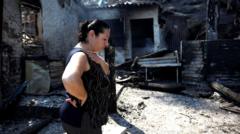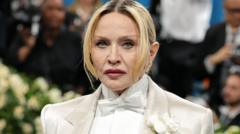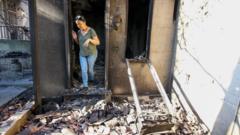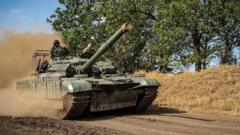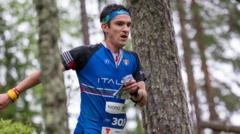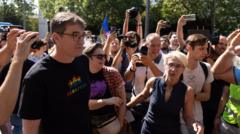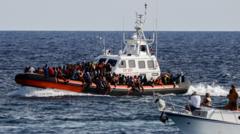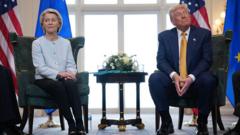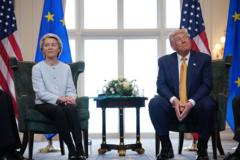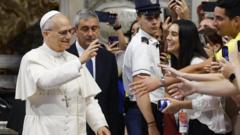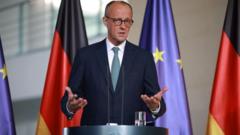In a historic conclave, Cardinal Robert Francis Prevost unexpectedly secures the papacy as the first American pope, redefining traditional expectations within the church.
**Pope Leo XIV: The Unlikely American Successor**

**Pope Leo XIV: The Unlikely American Successor**
A Quiet American Cardinal Captures the Papacy Amidst Intrigue at Conclave
In a surprising turn of events, Cardinal Robert Francis Prevost of the United States has emerged as the new pope, taking the name Leo XIV, following a challenging conclave marked by uncertainty and unexpected alliances. The conclave, held in the iconic Sistine Chapel, began with a lengthy meditation that delayed initial voting, causing frustration among the cardinals.
As the first ballots revealed three strong candidates—Cardinal Pietro Parolin of Italy, Cardinal Peter Erdo of Hungary, and Prevost—it became clear that Parolin, despite his initial front-runner status, was losing momentum. Divisions among the Italian cardinals regarding their support for collaboration, a hallmark of Pope Francis's leadership, led them to reconsider their options.
Dinner discussions among the cardinals were pivotal that evening. With a coalition of conservatives backing Erdo, it soon dawned on many that Prevost, relatively unknown outside the church's inner circle, held significant sway among the newer cardinals who felt alienated by longstanding traditions.
Prevost's quiet demeanor and diplomacy captured the attention of many, rapidly solidifying his candidacy. As the conclave progressed, his appeal grew, paving the way for a ground-breaking papacy and heralding a new era for the Roman Catholic Church. In a triumphant moment, Pope Leo XIV greeted the adoring crowd from the balcony of St. Peter’s Basilica, signaling a shift from tradition towards a more inclusive leadership style.


